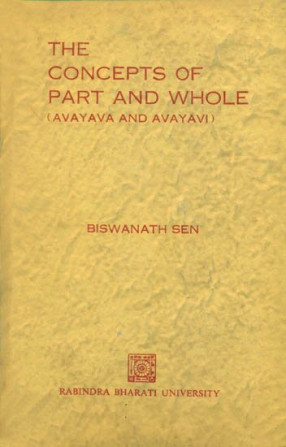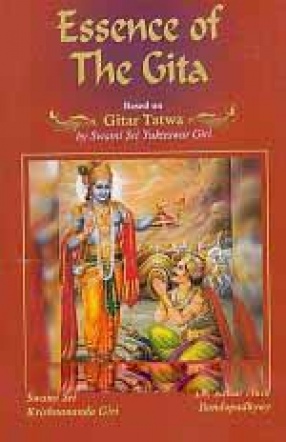The Concepts of Part and Whole: Avayava and Avayavi
The present work is an attempt to analyse and explain the nature of the whole in relation to parts, as found in the Nyaya, Sankhya and Buddhist systems of philosophy. It is well known that the Nyaya advocates the existence of the avayavin over and above that of its avayavas while the sankhya and the Buddhists would have none of it. For them a thing is just its parts and nothing more. The Naiyayika however avers that a thing is a unity, not a plurality; it is an entity that has emerged by joining the parts, and is therefore more than its parts. Naturally, we find arguments and counter-arguments and counter-arguments advanced against one another in these systems in profusion. However, we have sought to present the argument in proper order under relevant head so that we can have a clear, overall picture of the whole thing and know where the contestants stand in relation to one another. We can see for ourselves how the Sankhya and the Buddhist ruthlessly attack the Nyaya position and how the Naiyayika stoutly defends himself and event boldly counter-attacks, whenever and where ever possible. It is a indeed a grand spectacle to see the giants of the three systems fighting one another and trying to wrest laurels for their respective views. For myself it has been a highly exciting exercise going through the works of these philosophers and taking part in their philosophical cut and thrust. In writing this treatise I have consulted the original Sanskrit work as far as possible. This will be apparent if one compares the number of Sanskrit works with that of English works given in Bibliography and in the footnotes. I have here to express deep gratitude to my Sanskrit teachers, especially to
Get it now and save 10%
BECOME A MEMBER







Bibliographic information